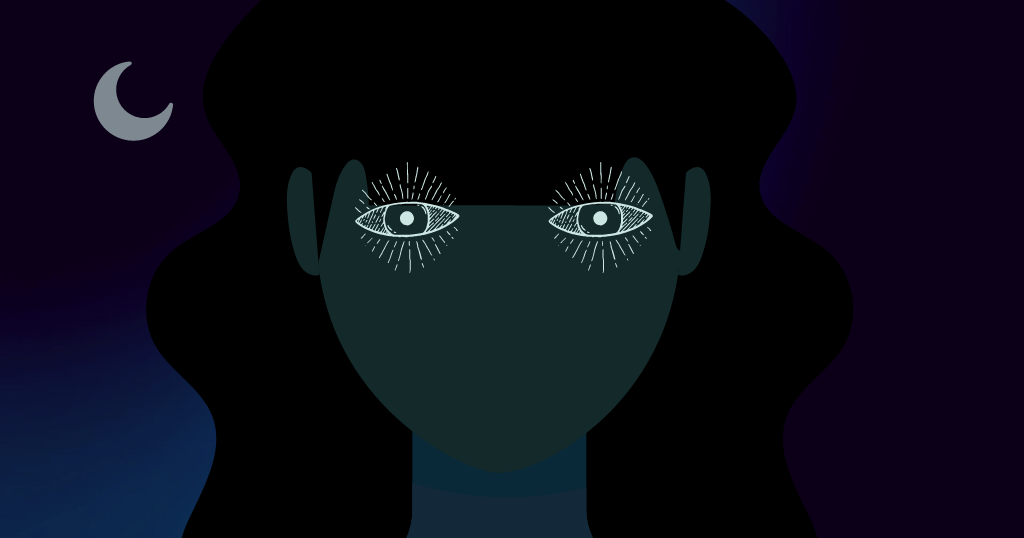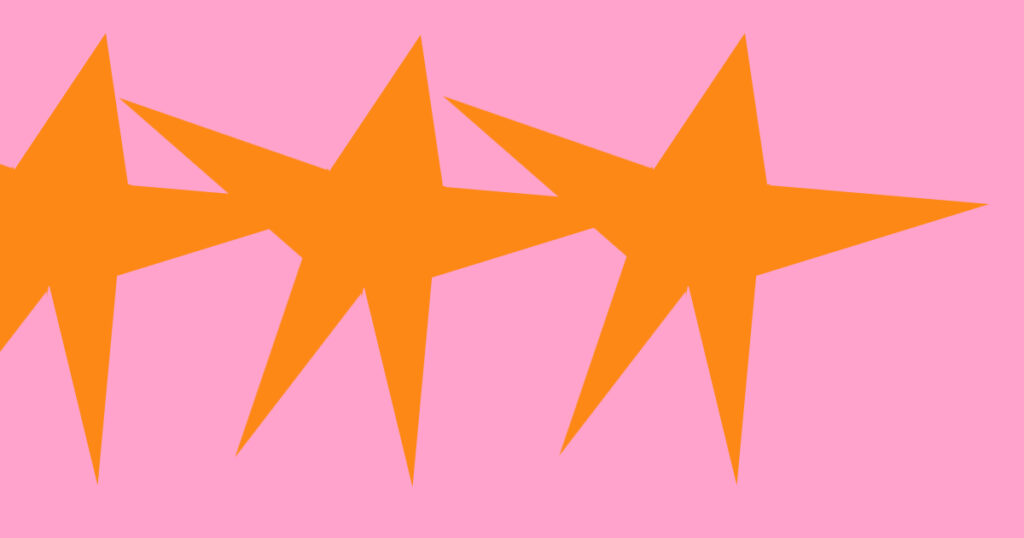The needle and the damage done: three weeks on intravenous thiamine
After discovering that thiamine (vitamin B1) deficiency might be a factor in my insomnia, fatigue, brain fog, and chocolate/sugar cravings, I began experimenting with different formulations of it. Starting with the usual drugstore stuff, I moved on to two Japanese concoctions and then for a grand finale I tried a series of IV treatments to ...





